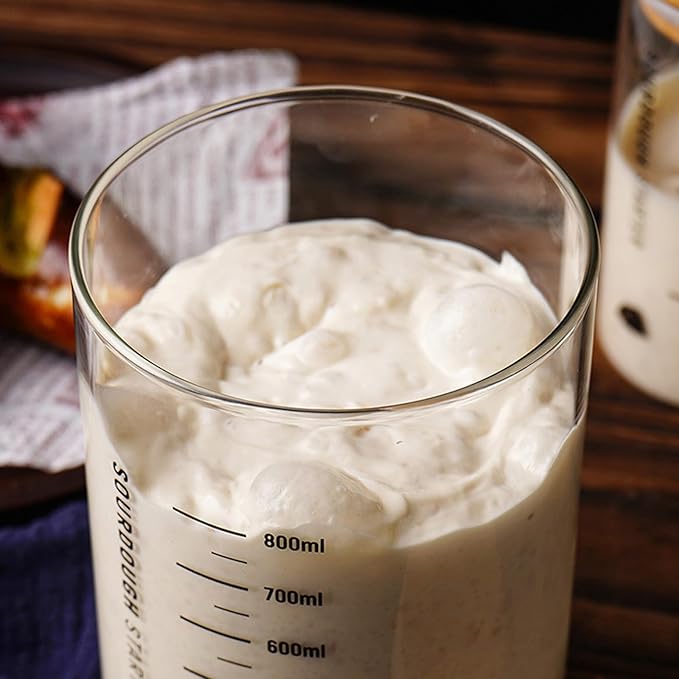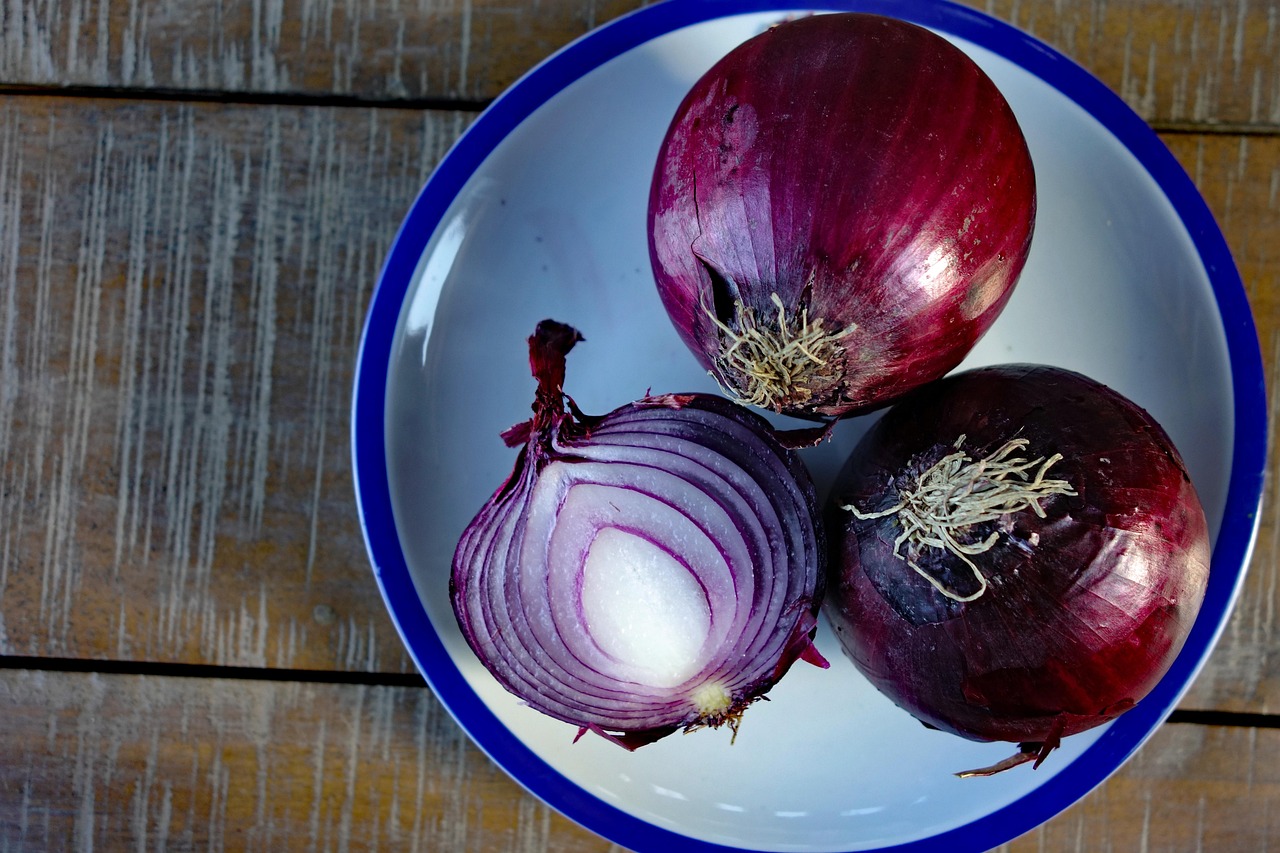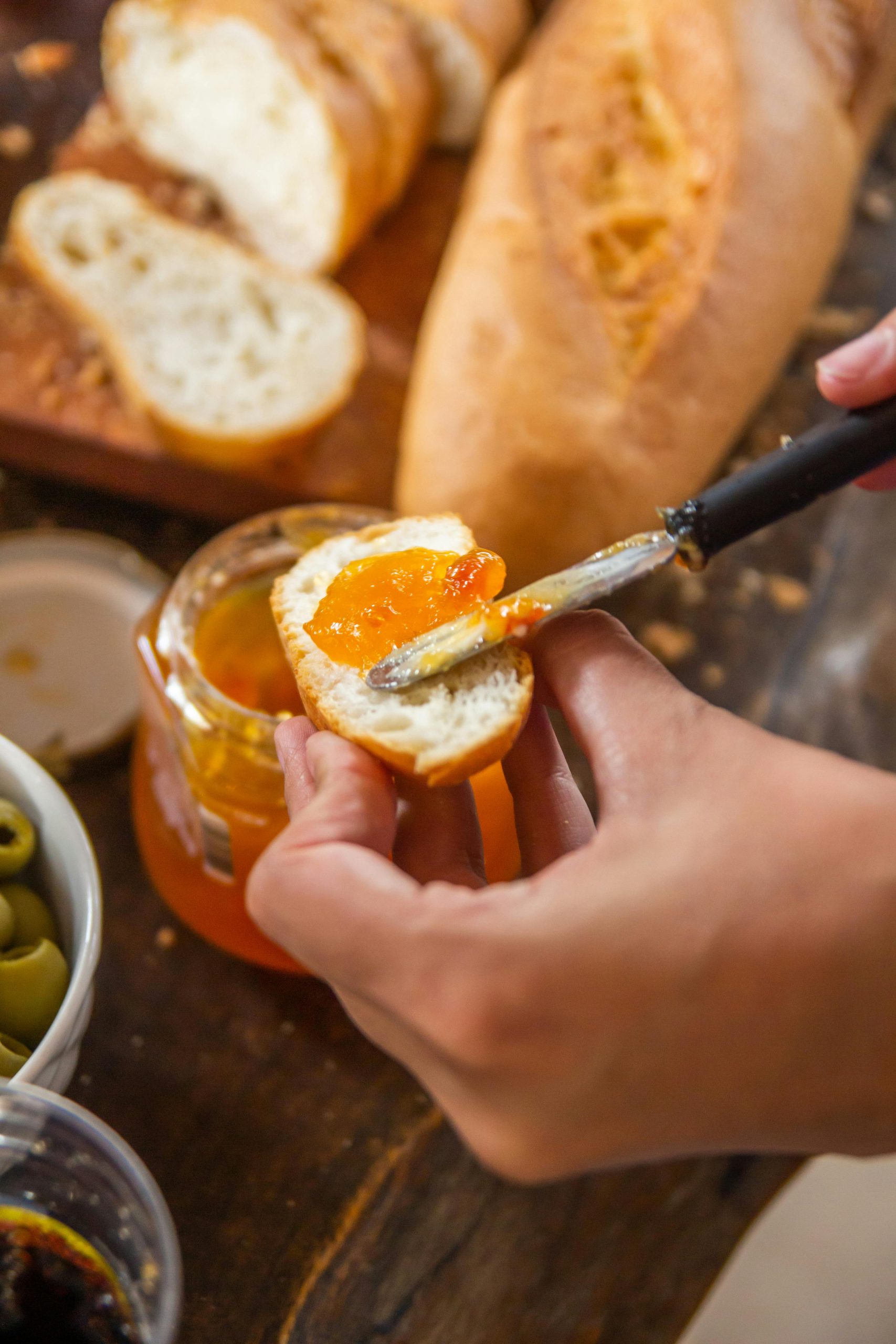There’s something deeply satisfying about baking a loaf of bread from scratch—watching it rise, smelling it bake, and finally slicing through the golden crust to reveal a soft, tangy crumb. And at the very heart of this beautiful process is something simple yet magical: wild yeast sourdough starter.
In our kitchen, this bubbly jar of life sits proudly on the counter or tucked away in the fridge. We use it regularly, especially on weekends when the house fills with the earthy aroma of freshly baked sourdough loaves. If you’ve ever wanted to bake bread the old-fashioned way, here’s everything you need to know about making and using your own wild yeast starter.
What Is a Wild Yeast Sourdough Starter?
A wild yeast starter is a natural culture made by mixing just flour and water and letting nature take its course. It captures wild yeast and beneficial bacteria from the environment—yes, even from the air in your kitchen—and allows them to ferment.
The result? A living, breathing mixture that can be used to leaven bread (no commercial yeast needed!) and gives that signature sourdough flavor we all love: slightly tangy, complex, and hearty.
Where to Get Sourdough Starter
You’ve got two options:
1. Make Your Own (Our Favorite Way!)
It’s surprisingly easy. All you need is:
- Unbleached all-purpose flour or whole wheat flour
- Filtered or dechlorinated water (chlorine can inhibit fermentation)
Here’s a basic 5-day method:
Day 1: Mix ½ cup flour and ¼ cup water in a clean jar. Stir well, cover loosely, and let it sit at room temp.
Day 2: You might see bubbles. Discard half and feed it with another ½ cup flour + ¼ cup water.
Days 3–5: Repeat feeding daily. By day 5, your starter should be bubbly, slightly sour-smelling, and ready to bake.
Tip: Use a glass jar so you can watch the bubbles rise. It’s fun and oddly satisfying.
2. Buy One
If you’re keen to start baking today or want a heritage starter with a bit of history, you can order one online. Bakers can find live or dried sourdough starters from:
What Can You Use It For?
Sourdough starter isn’t just for basic bread. Once you get the hang of it, you can use it to make:
- Rustic sourdough loaves
- Focaccia and ciabatta
- Sourdough pizza bases
- Pancakes, waffles, and muffins (a great way to use discard!)
- Crackers and flatbreads
Honestly, once you’ve tasted the depth of flavor that sourdough brings, it’s hard to go back to supermarket bread.
How to Store Your Starter
If you bake often (every 1–3 days):
Keep your starter at room temperature, feeding it once a day.
If you bake weekly:
Store it in the fridge and feed it once a week. Just bring it back to room temp and feed it a couple of times before baking.
Longer-term storage:
You can even dry your starter by spreading a thin layer on parchment, letting it air dry, and storing it in an airtight jar. It’ll last for months or even years. Just rehydrate with water and feed to bring it back to life.
How Long Does a Starter Last?
With a little love, your starter can live indefinitely. Seriously—some bakers are working with cultures that are decades (or even centuries) old. As long as you feed it regularly and keep it mold-free, your starter can become a lasting part of your kitchen routine.
A Few Friendly Tips From Our Kitchen
- Give your starter a name. We call ours “Gertrude.” It makes the whole thing more fun (and helps remind us to feed her).
- Don’t worry if it smells a little funky at first—like vinegar or cheese. That’s normal during early fermentation.
- If a layer of liquid forms on top (called “hooch”), it’s a sign it’s hungry. Just pour it off or stir it in, then feed.
- Use a kitchen scale if possible—feeding by weight (equal parts flour and water) gives the most consistent results.
My Thoughts
Starting a sourdough journey is like adopting a pet. A bubbly, bready pet that rewards you with the most delicious homemade loaves. It may take a bit of patience at the beginning, but once your starter is thriving, you’ll never look back.
So roll up your sleeves, grab a jar, and let nature do its thing. There’s nothing quite like pulling a warm, crusty loaf out of the oven and knowing you made it happen—from flour and water to beautiful bread.
Happy baking from our home to yours! 🍞💛


